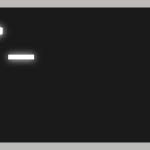How to Append Files in Linux: A Comprehensive Guide
If you are a Linux user, understanding how to append files in Linux is an essential skill that will undoubtedly prove useful in various scenarios. The term ‘append’ in computing means to add or attach something at the end. In Linux, it specifically refers to adding data to the end of a file. This article … Read more

















